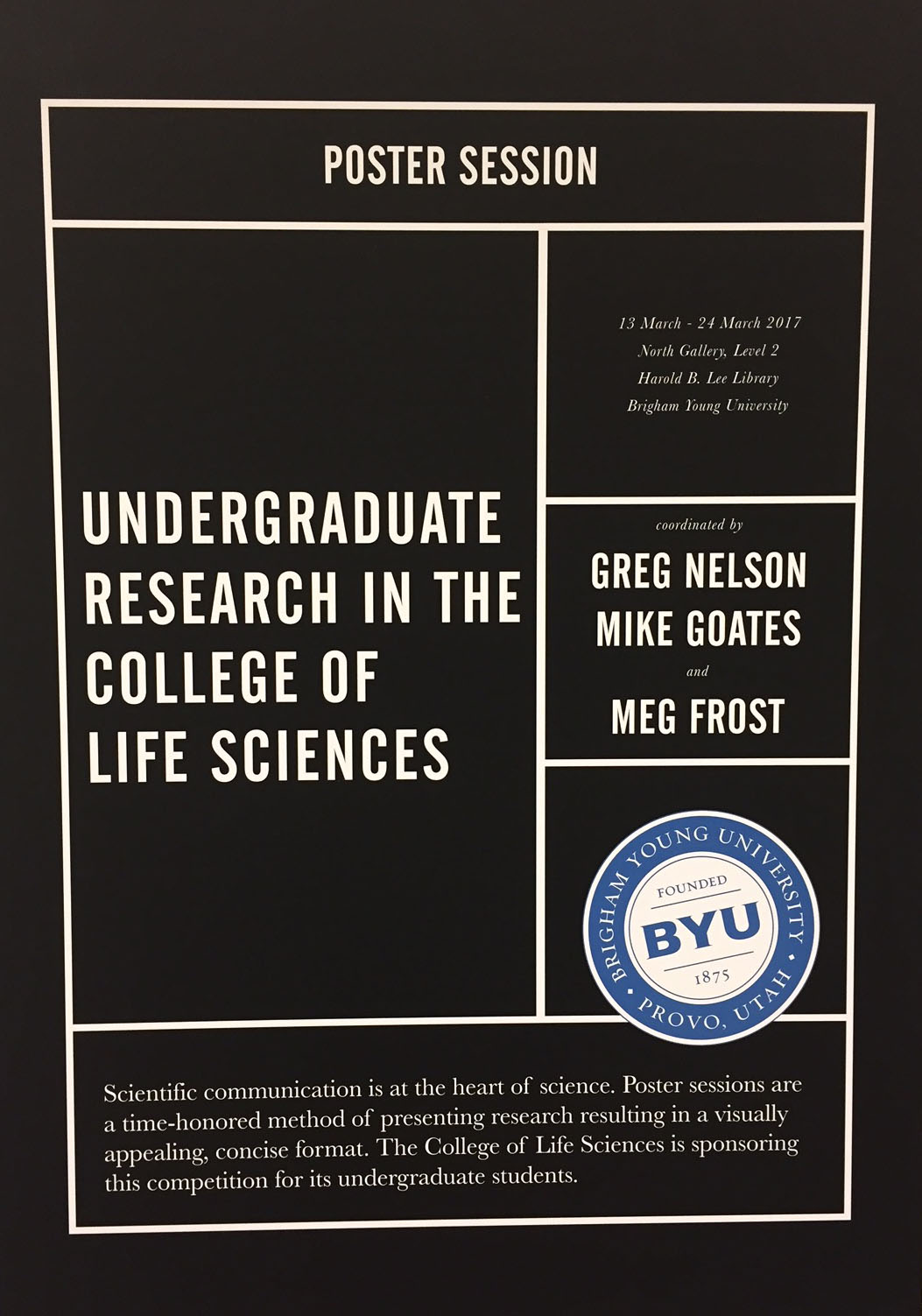
Title
Optimal Sea Otter Weaning and Pup Abandonment
Files
Download Poster (15.9 MB)
Keywords
Energetic trade-offs, reproductive trade-offs, terminal investment, body condition, resource availability
Abstract
Purpose
To determine the optimal reproductive strategies that a female sea otter should employ based on her age, body condition, and available food resources using a dynamic state variable model.
Introduction
Female sea otters (Enhydra lutris) have uniquely high energetic demands imposed on them due to high metabolic rates, minimal energy reserves, and annual reproductive cycles with almost no time lapse between weaning and pregnancy (Thometz et al. 2014, Jameson and Johnson 1993). These high energetic demands come with reproductive trade-offs, and in order to maximize survival and future reproductive success, female sea otters occasionally choose to wean their pups early or abandon their pups. This choice may depend on several factors. The longer a female provides milk for her pup, the more her body condition deteriorates, so early weaning or pup abandonment may improve the female’s chances for survival and future reproductive success. However, earlier weaning and pup abandonment significantly decrease the pup’s chance of survival (Thometz et al. 2014). This study will use a dynamic state variable model to determine the optimum reproductive strategy a female should employ based on her age, body condition, and the quality of the environment.
Loading...
BYU ScholarsArchive Citation
Klimes, Lexanne; Fletcher, Laura S.; Thometz, Nicole; and Griffen, Blaine D., "Optimal Sea Otter Weaning and Pup Abandonment" (2021). Library/Life Sciences Undergraduate Poster Competition 2021. 13.
https://scholarsarchive.byu.edu/library_studentposters_2021/13
Document Type
Video
Publication Date
2021
Language
English
College
Life Sciences
Department
Biology
Copyright Use Information
http://lib.byu.edu/about/copyright/
Poster


